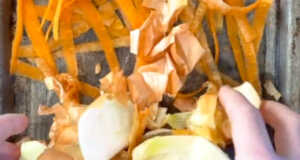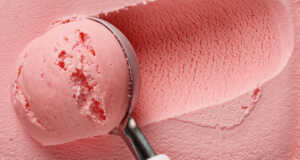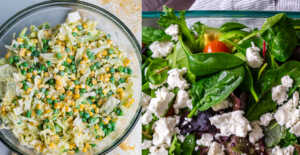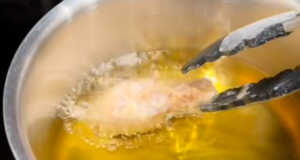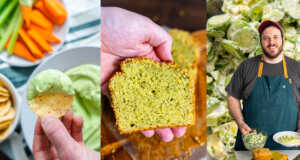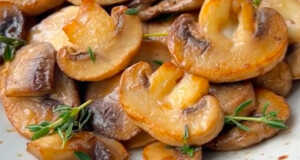Pink lemonade is as nostalgic as the rose-colored lenses we use to look at the past. This pretty pastel cousin of classic lemonade seems as ubiquitous as the original version, yet it’s not so clear-cut as to how pink lemonade was born. With a history that is slightly shocking and a hundred percent off-putting, pink lemonade’s origins are weirder than one could ever think!
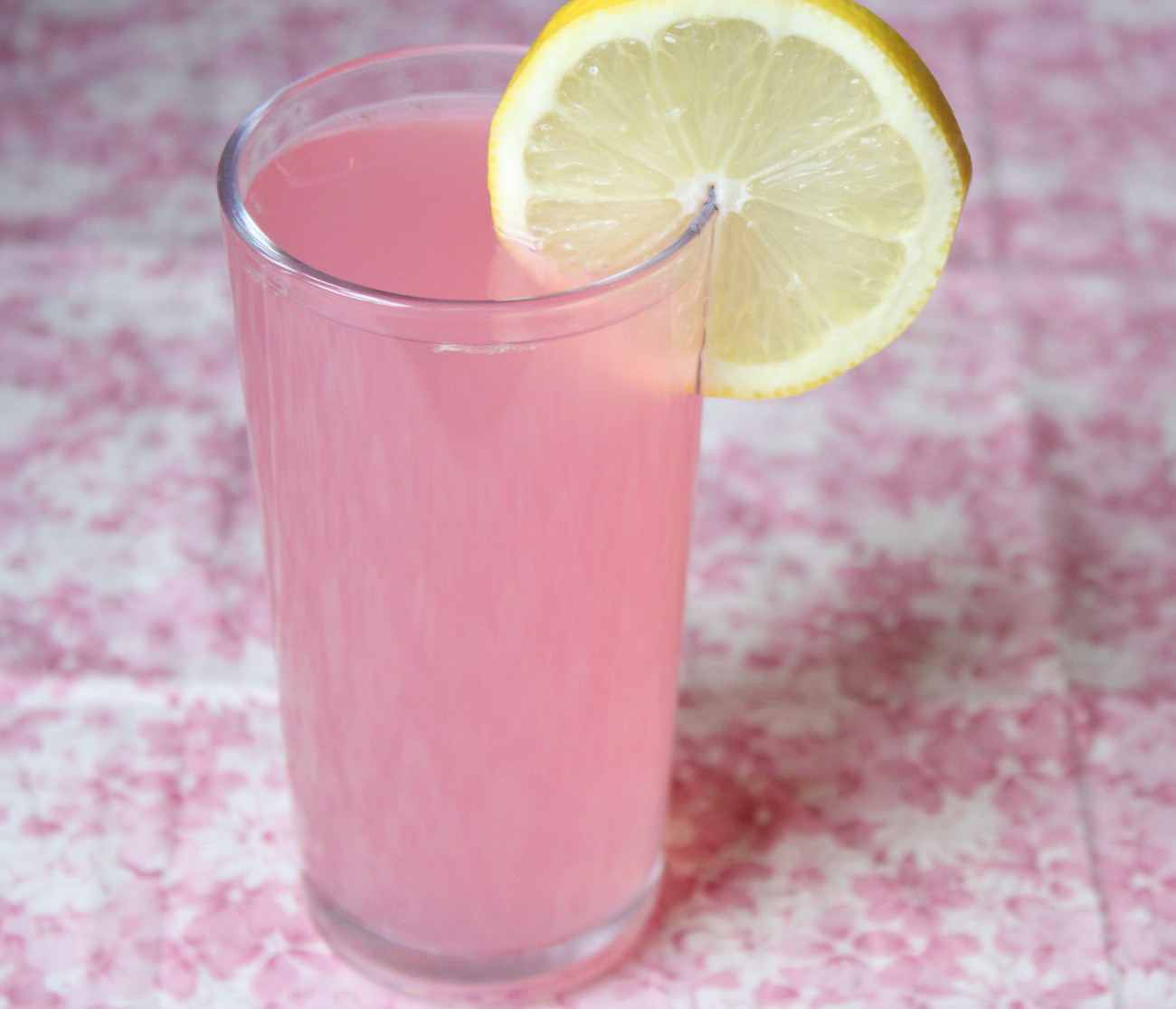
Lemonade in and of itself isn’t a new beverage to the world stage, in various countries, lemons and sugar stirred into a solution of water was a popular drink for travelers in 1000 AD Egypt as well as a mainstay for 1600s Parisian citizens who wanted a clean, sanitary refreshment. Throughout the centuries, lemonade was a part of many doctors’ books citing the concoction as a remedy cure for ailments and illnesses, yet it wasn’t until the 19th-century that lemonade became the refreshing beverage we know of today. The temperance movement of the 19th-century promoted lemonade as the alternative libation to consume instead of alcohol and the proliferation of the ice trade up-and-down American rivers helped sell lemonade as the drink to have during the sweltering summer months.

In the latter half of the 19th-century, two circus employees working in different circuses documented completely bizarre pink lemonade invention stories. Henry E. Allot is reported to have invented the pink drink after dropping red cinnamon candies into a vat of normal lemonade. The candies’ red dye altered the appearance of the lemonade, turning it soft pink, rather than chucking the batch of lemonade, Allot stated that he simply sold the lemonade as is. Another even grosser circus story comes from George Conklin’s autobiography, where he claims his brother Colin, who on a hot summer day, ran out of water, and used old laundry water. If dirty water wasn’t off-putting enough, it’s gets even worse, because the laundry water was discolored from toxic dyes that seeped out of the performers’ dirty stockings, turning the water a pink hue. Colin supposedly added a bit more sugar to hide the dye’s chemical taste, marketed this pink batch of lemonade as strawberry lemonade, and the myth of lemonade was born.
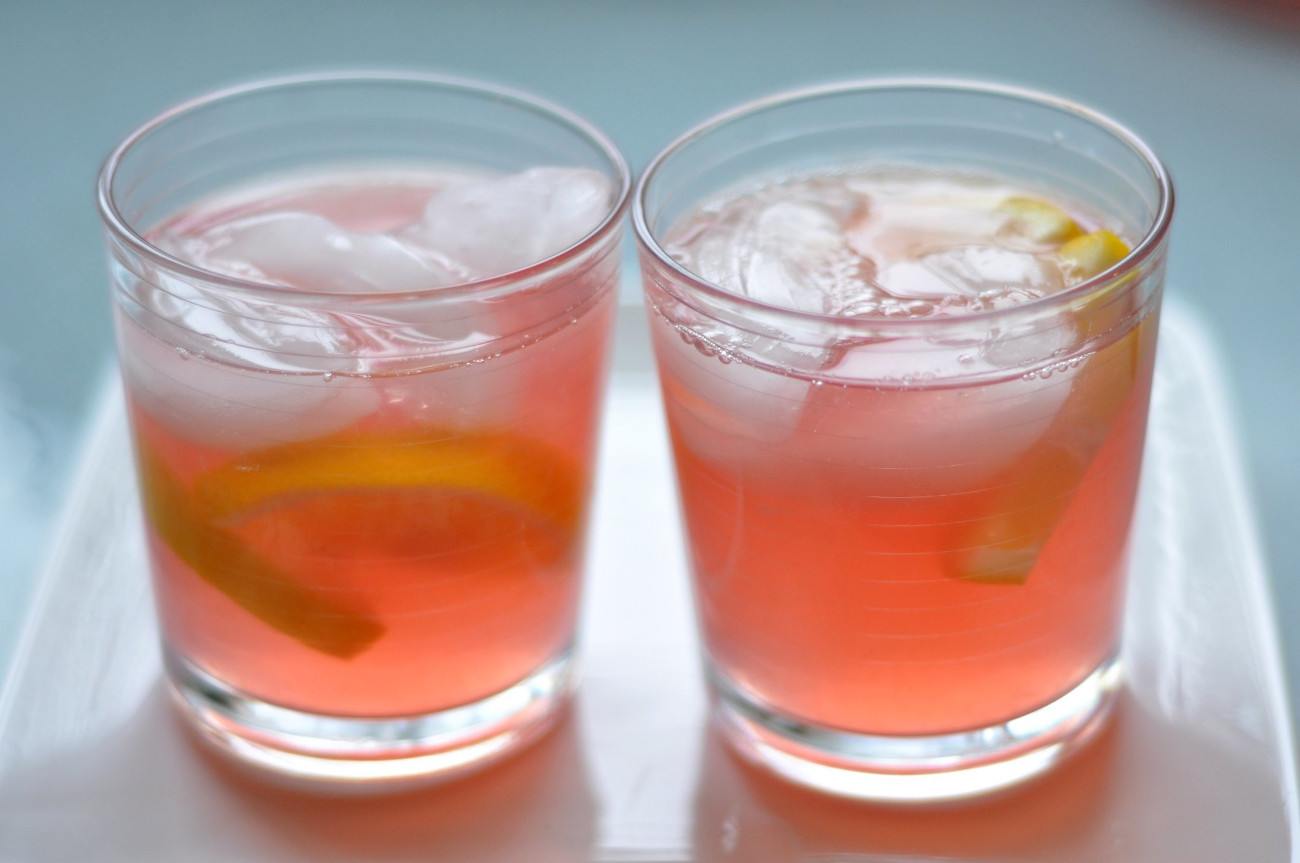
Both stories seem far-fetched in many regards, and a level of exaggeration seems to be at play, but both myths hold some truth. There’s no doubt that the circus helped popularize this colored drink and it’s easy to see why. Regardless of how pink lemonade was pink, the hue itself went along with the bright exciting colors and themes of the circus. Having an exotic and strange-colored beverage during a circus performance helped make a drink that one could only find at the circus. At that time, it seems that pink lemonade was exclusive to the circus environment and helped the sales, enticing people to spend money outside of just purchasing tickets.

As the 19th-century closed out, there are signs that pink lemonade went back to being a tonic of health, showing up in health pamphlets, the most famous being the 1892 Mrs. EE Kellogg’s Kitchen and Science. Though the name Kellogg invokes thoughts of sugary cereal, EE Kellog’s husband John Harvey Kellogg ran a famous health clinic in Battle Creek Michigan where he promoted, exercise, rest, and plant-based vegetarian diets to cure nutritional and other health ailments. Here the pink hue was derived from a more, well, natural and less risky source, EE Kellogg’s lemonade recipe used a mixture of macerated strawberries to be mixed with the lemonade to add more vitamins to one’s daily intake.
Today there’s no single correct way to get that ubiquitous pink hue, from natural fruits to not-so-fruity syrups the recipes are endless, yet regardless of how we make pink lemonade, certainly, we can rest assured that no one is making this drink with dirty laundry water anymore.





